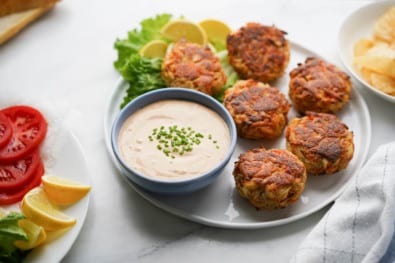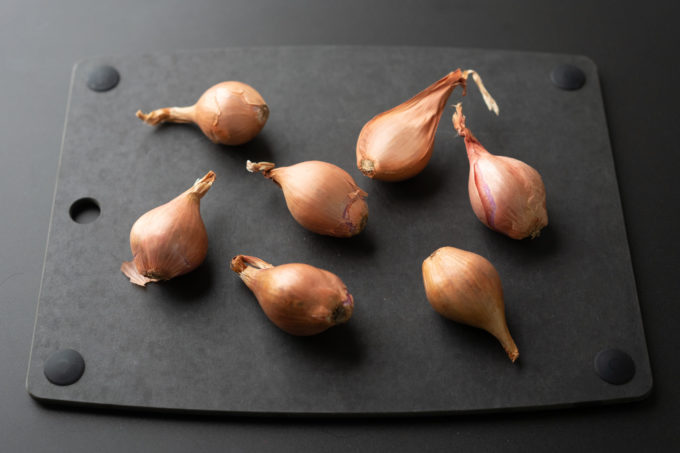
Like garlic, leeks, and onions, shallots are an allium family vegetable that contributes flavor and aroma to a dish. Prior to reaching India and the Mediterranean, they are thought to have originated in Southeast Asia. Nowadays, we use shallots in French and Southeast Asian cuisines.
They are a typical ingredient in home kitchens and restaurants because of their versatility and affordability. In Vietnamese cuisine, shallots are a common ingredient. They’re commonly fried for salad toppings, fried to garnish bánh cuốn, or minced for pork marinades among many other uses.
True shallots vs. false shallots
Shallots are an onion variety that we can eat either raw or roasted, making them one of the more versatile ingredients when cooking. There are two types of shallots: “true” shallots and “false” shallots.
True shallots are propagated and planted using bulbs. Circular scars appear where you cut them from their parent cluster. Also, when you cut them in half, you can see that they always have two bulbs. Finally, they have a more robust flavor than false shallots.
False shallots are cultivated from seed. They are larger than true shallots and have only one bulb when cut in half. Aside from these differences, there isn’t much difference between the two, and both are widely available in stores.
Shallots come in three sizes which are small, medium, and jumbo. However, the bigger they get, the less flavor they have.
What does a shallot look like?
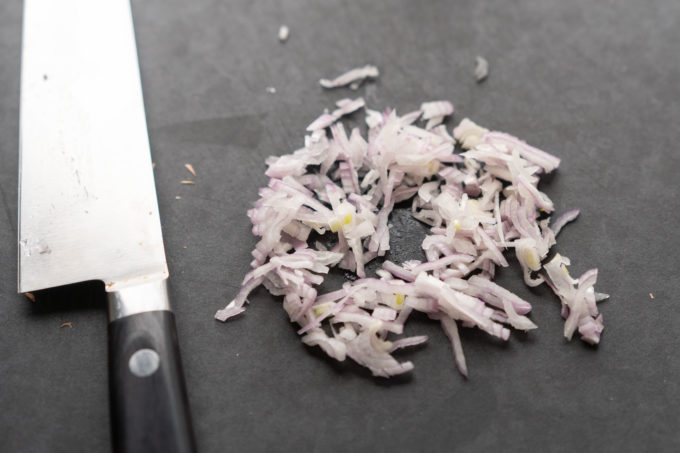
Shallots appear smaller, slightly elongated onions, like miniature versions of red onions. In contrast to their purple-brown skin, they have a red onion-like flavor and texture on the inside. As with a head of garlic, when you pierce the shallot’s skin, you’ll find that it often separates into cloves.
What do shallots taste like?
Shallots are often described as having a milder and sweeter flavor compared to onions. Since their flavor is so delicate, we often eat them raw. However, in my opinion, I find them to be much more potent and aromatic than other types of onions.
Shallots vs. green onions
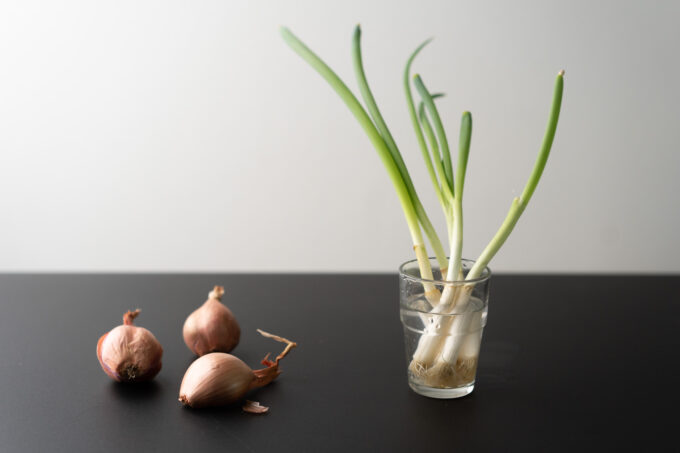
Green onions’ white and green parts have distinct flavors and we can use them in various ways. As opposed to green onions, shallots have a more consistent flavor and texture throughout the entire bulb. Furthermore, shallots have a more robust and intense flavor than green onions, which have a more delicate flavor.
Shallots vs. onions
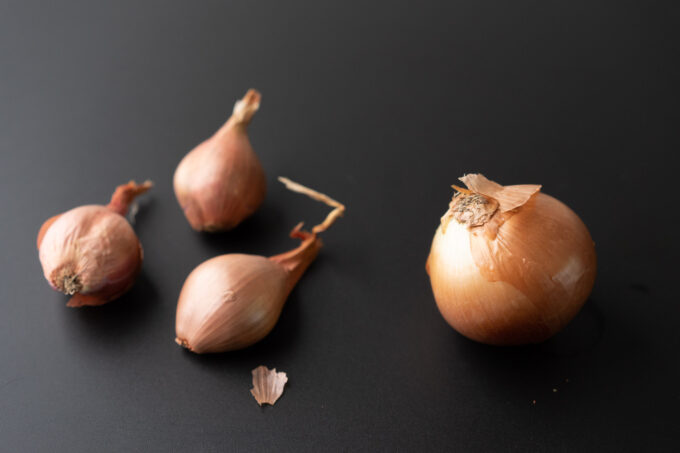
Shallots are distinguished from dry onions by their appearance. They have a smaller and more narrow bulb shape than a regular onion. Both vegetables have a similar flavor, but shallots are less overpowering. Also, they differ from onions in that their cell structures break down much faster than onions’ when cooking.
Shallots vs. red onions: are they the same?
Because red onions and shallots are so similar in color, it’s easy to mix them up. While they are related, shallots and red onions are not the same. Furthermore, the differences will be evident after tasting both. Red onions are more pungent than shallots. Moreover, red onions are much firmer.
Substitutes for shallots
If you’re cooking and need shallots but don’t have any on hand, you can use the following to substitute shallots.
- Yellow onion – due to its milder flavor, it’s the best alternative to shallots.
- Sweet onions (Vidalia or Maui) – these onions are a great substitute. They are larger than most onions and, when caramelized, have a texture similar to that of shallots.
- Leek – these are milder than most onions and have a similar flavor to shallots. Use them as you would use shallots.
- Scallion / green onion – use the white part of scallions in place of shallots. You can also use the green part of the scallion, but keep in mind that this part of the scallion is more pungent and has grassy notes.
- Dried onions – in a pinch, you can use dried onions as a substitute since they have very similar flavors. However, they don’t have the same texture as shallots.
How to peel and mince a shallot
Peeling and mincing shallots is a simple process.
1. Trim the root end of the shallot with a sharp paring knife.
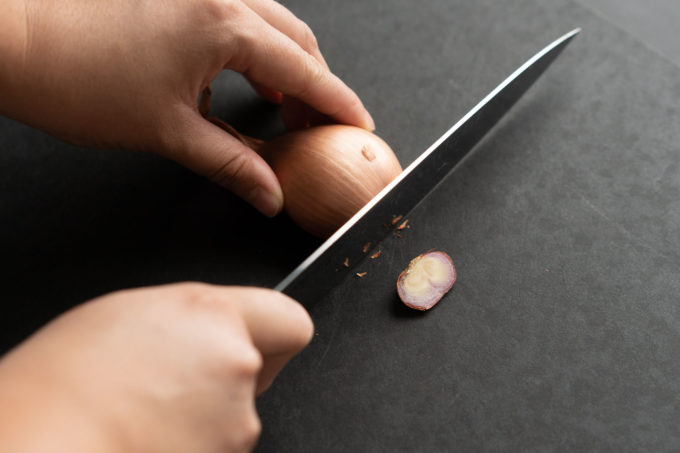
2. Cut in half lengthwise.
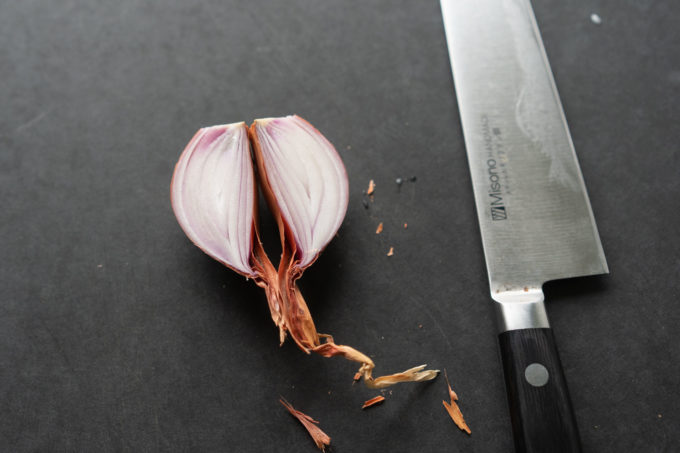
3. The skins of the shallot should come off easily at this point. Make a tiny cut using the tip of a knife to loosen up tough skin that won’t budge.

4. Lay it flat and make horizontal cuts or slices on the shallot while securely holding it. Avoid cutting all the way to the root to keep the onion together and help make chopping easier.
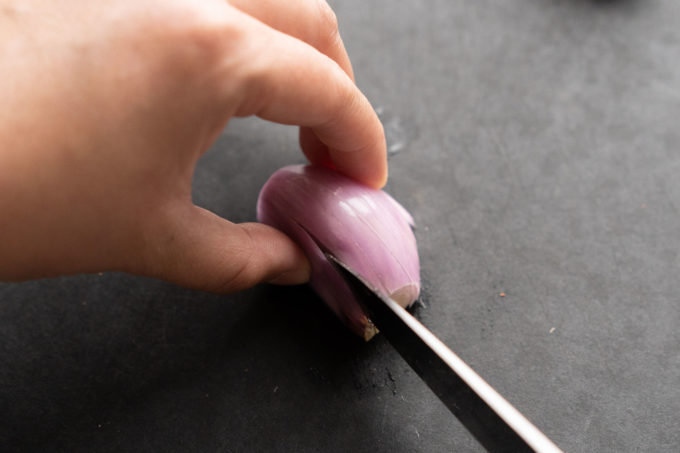
6. Holding the knife at a 90-degree angle, chop the shallots in even rows towards the root.
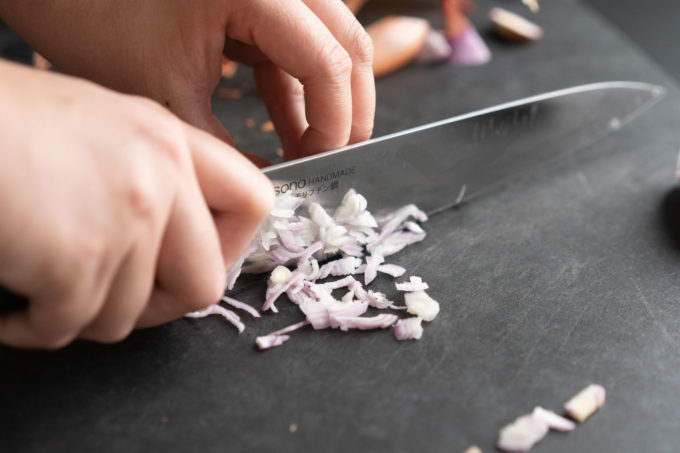
How long do shallots last in the pantry?
If you keep shallots in a cool, dry place, they’ll keep their flavor and aroma for about a month or two. They do best in rooms with a temperature of at least 77°F.
Recipes that use shallots
If you’d like to experiment with shallots in your cooking, check out how we use them in these recipes:



